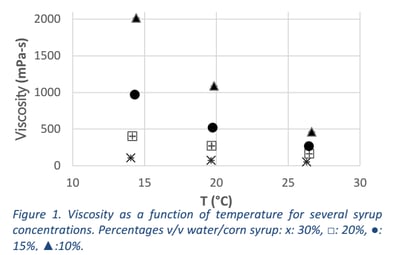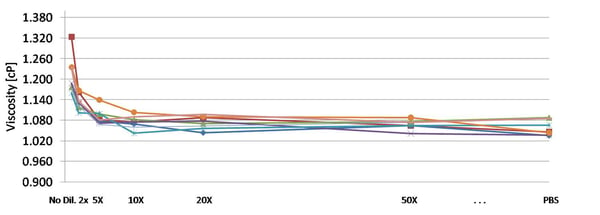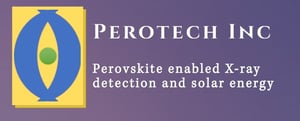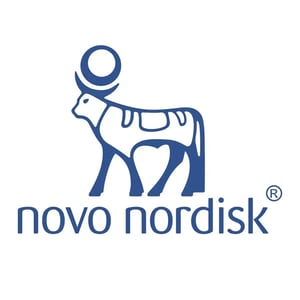
Testimonials
What our customers are saying about us




"RheoSense is my go-to company for measuring viscosity for small volume liquids. I've used it across 3 companies now"






“Based on my experience with RheoSense Initium, I can attest that the precision and accuracy achieved by RheoSense dilute solution viscometry are unparalleled.”
Check out Dr. Mahammad's technical talk on the Viscosity of Biopolymers here.

"At Arizona State University, our research focuses on developing ink chemistries for additive manufacturing from the nanometer to the centimeter scales. To achieve this goal, we must precisely control the rheology properties of our inks. The RheoSense microVISC™ has been instrumental in our lab to measure and monitor the viscosity of our research inks throughout the day. The tool is extremely simple to use and its small sample volume saves money for some of the more expensive inks. Additionally, the use of affordable, disposable syringes saves us considerable time compared to cleaning a traditional rheometer ten times a day.
Overall, we would recommend this tool to other groups looking for an easy-to-use rheometer for daily lab use."

"The trends in the viscosity data acquired with the microVISC™ across different temperatures and concentrations follow those seen in other studies [1-4]. Combined with the trends in activation energy found from data fitted to an Arrhenius model shows that the viscometer can deliver reliable temperature dependent viscosity data."

"Microfluidic devices offer several advantages compared to conventional rheometers in that they only require small volumes of fluid sample, they can impose high deformation rates without entering strongly inertial flow regimes, the absence of a free surface avoids evaporation, and they can potentially be used as a simple, disposable flow-through device."

"In brief, we used the RheoSense to measure the viscosity of cellular suspensions. Our goal was to determine the dilution factor needed for the cell suspension to match a running buffer. As demonstrated in the graph this happens around a 10 fold sample dilution factor. Consistent sample viscosity will enable CytoVale to develop robust cellular assays for our core applications involving the high throughput mechanical measurement of cells.
The RheoSense viscometer enabled us to quickly and accurately measure small aliqouts of sample which was necessary due to limited amounts of biological material. Additionally the low volume allowed us to gather many replicates of data in order to accurately assess biological variability between and across samples. This capability allowed us to have much more robust data collection and higher sample sizes for each point on the curve as compared to using traditional capillary viscometry."


"My purpose was to find a viscometer that performed quickly, gave repeatable results, that agrees with the viscosity we measure in another department. I have used this for over 500 pure chemicals at this point. What Dave may have told you, that I can vouch for, is that we achieve triplicate measurements in under 2 minutes, with less than an entire pipette volume of 400 µL. The measurements are very repeatable. The portability and ease of use are terrific. The temperature is recorded, with 2 decimals of precision. I have used the software and found it good enough to copy and paste into Excel, easily. Or import a .CSV.
If you want to fully characterize the viscosity under a variety of temperatures and stress and strain conditions, then you’ll need a research grade expensive rheometer. I find that this microVISC™ does a wonderful job of distinguishing viscosity, the range I’m interested in is 5 – 1000 cP. Very often people need to know the viscosity at room temperature, and I love it when a single-purpose instrument is accurate, reliable, and affordable. The microVISC™ is all of those, and portable.
BTW, it has survived some pretty nasty chemicals. Also it’s so easy to use (load and press start), that summer interns have used it and produced low %RSD results."






"Thanks, a lot for coming onsite yesterday! It was great interaction with you both! I highly appreciate the training process! I love your obsession about SOPs, extremely helpful!
Further, many thanks for sharing the list of items and related link.
Last but not least I highly appreciate your efforts to educate me and supporting me with our sample analysis!
Looking forward to working more with RheoSense team!"

"I’ve recently been working with a RheoSense m-VROC ( m-VROC® II Viscometer — Controlled Shear Rates and Small Samples 22 ) and have gotten mPa-s values (equiv to cP) for all our our extracts and distillates. If you have the means, I recommend this instrument because of its temperature sweep capabilities to get viscosity measurements across any temperature you think you’ll be operating at.
While I wish I could share more, I will say it has helped tremendously with engineering our pathways."




Get Started Now
Contact us to place your viscometer order today!

.jpeg?width=300&name=Woman%20scientist%2c%20documents%20and%20hands%20writing%20_575258496-min(1).jpeg)
